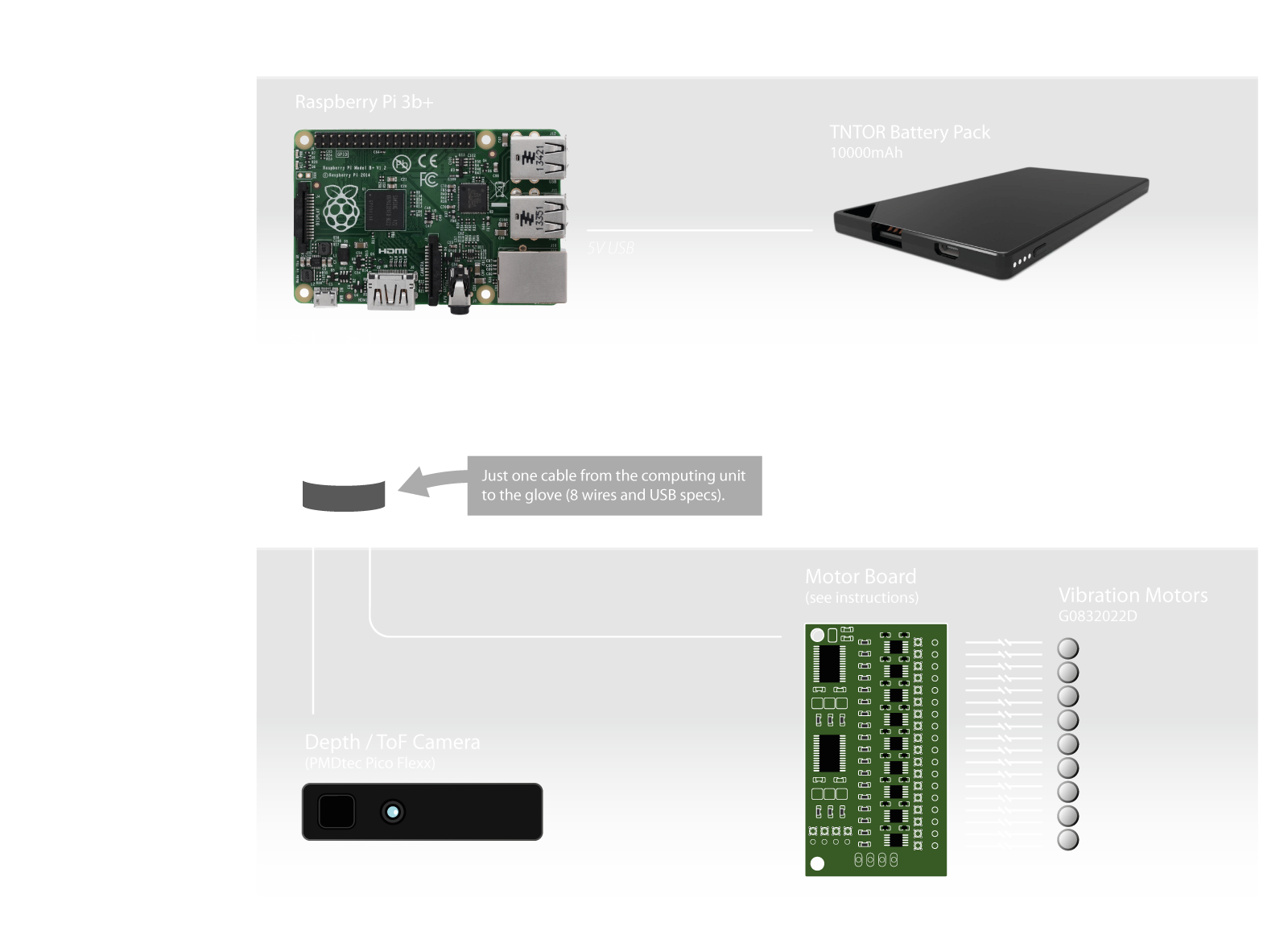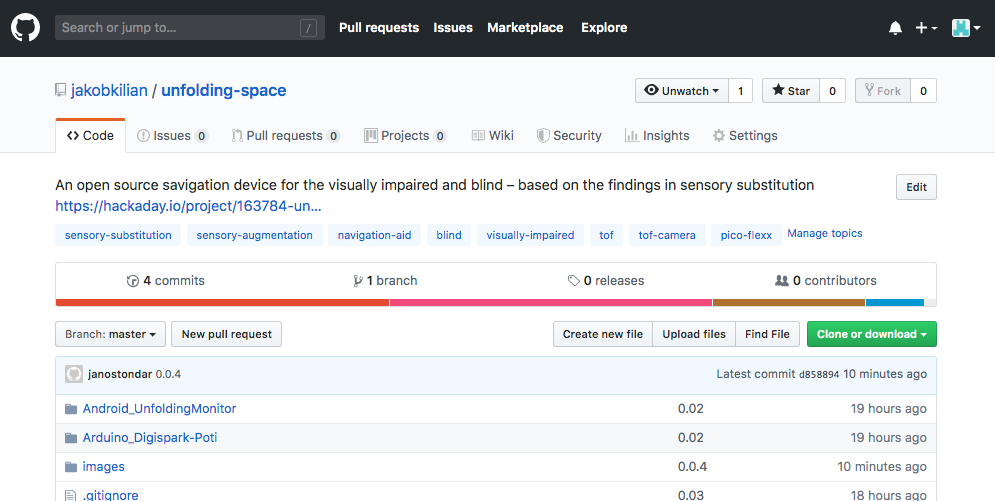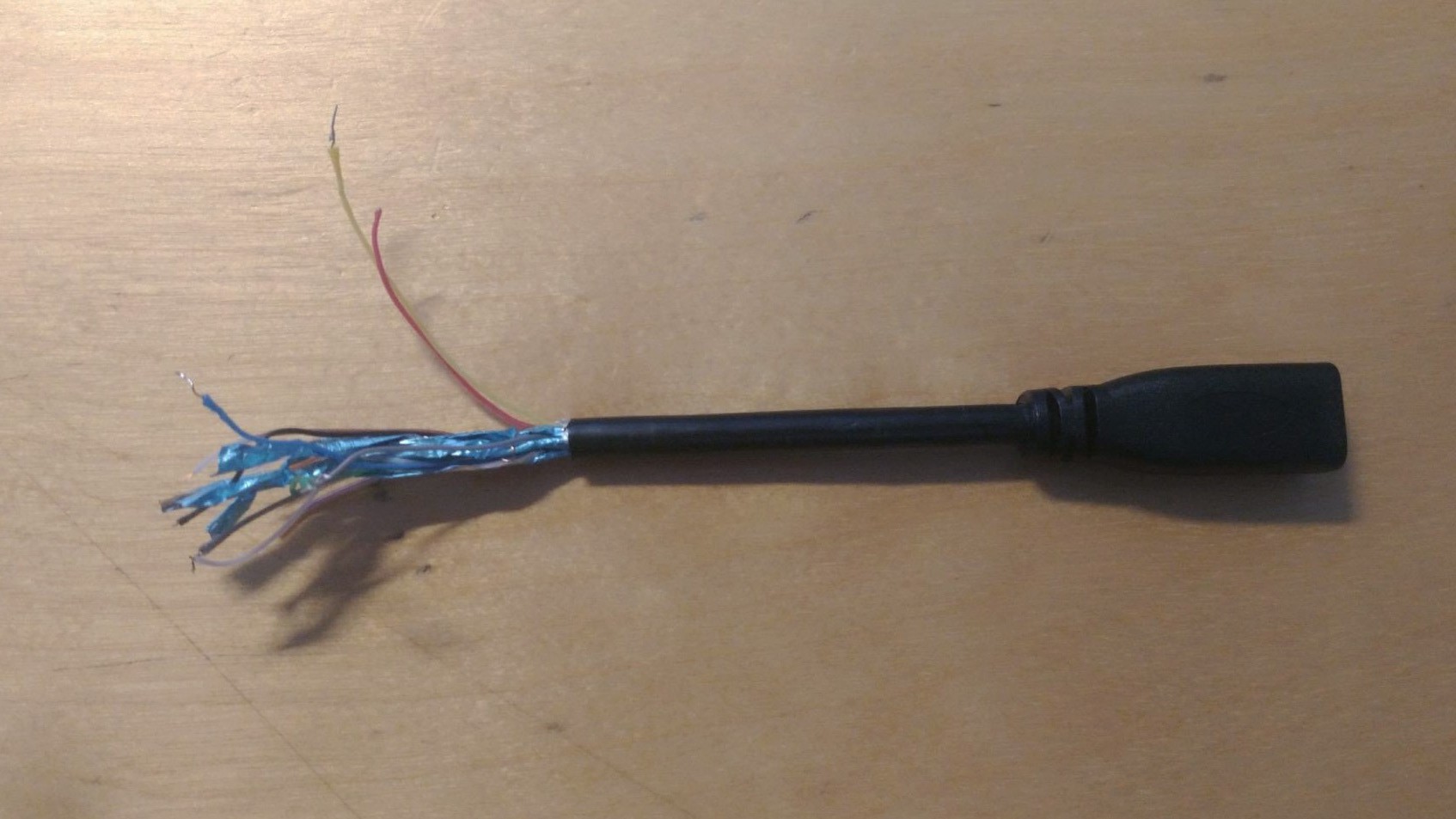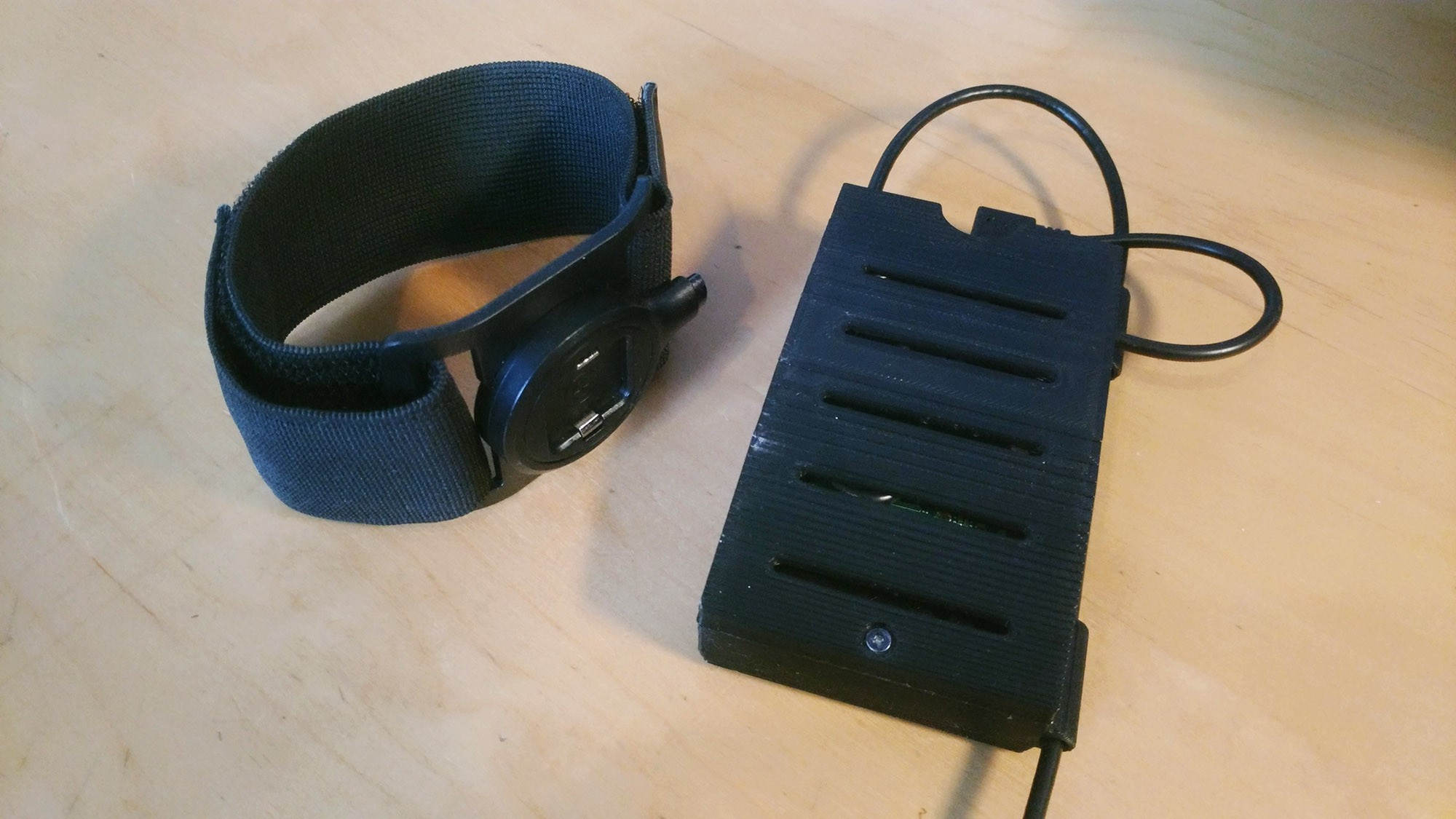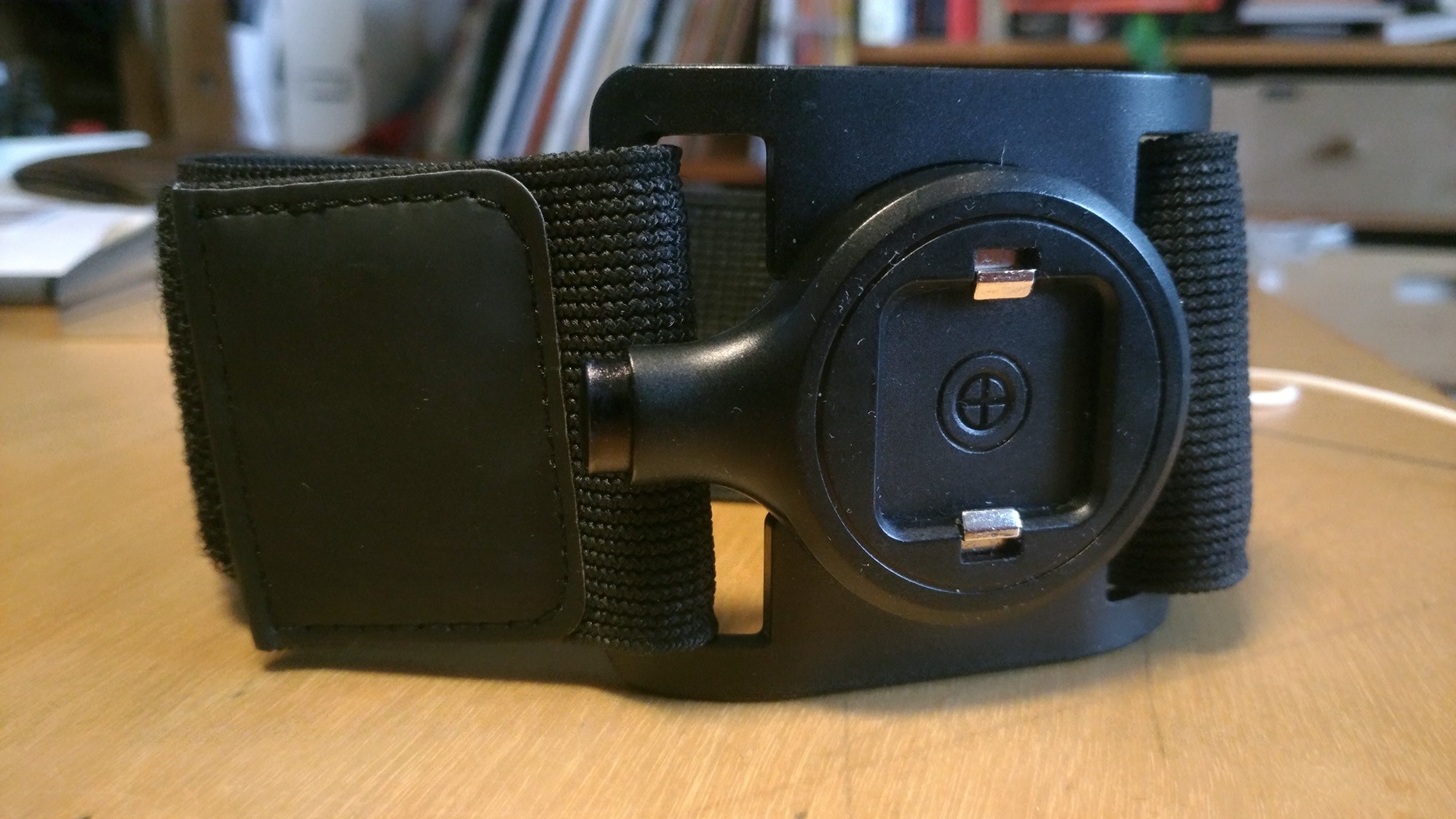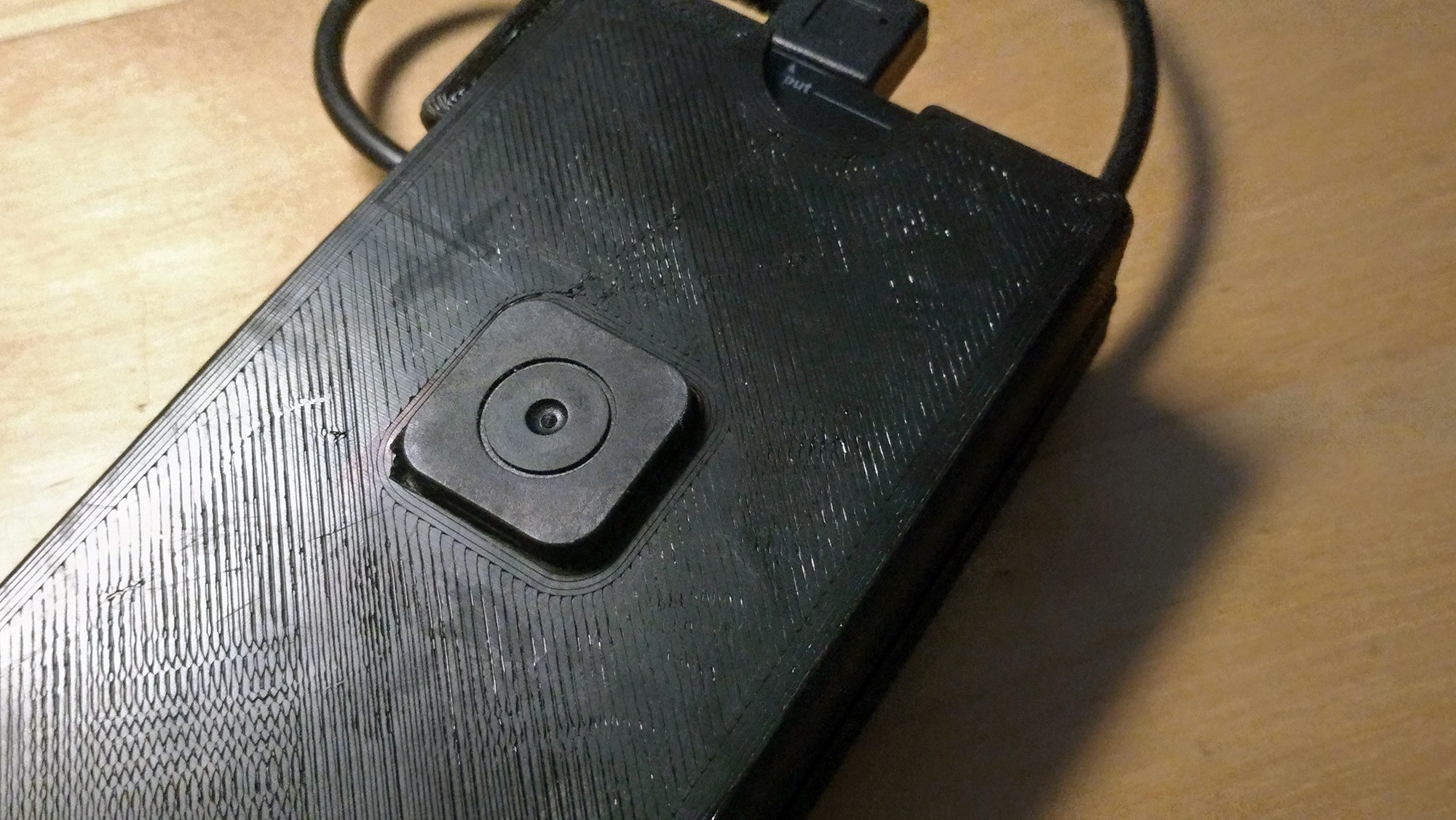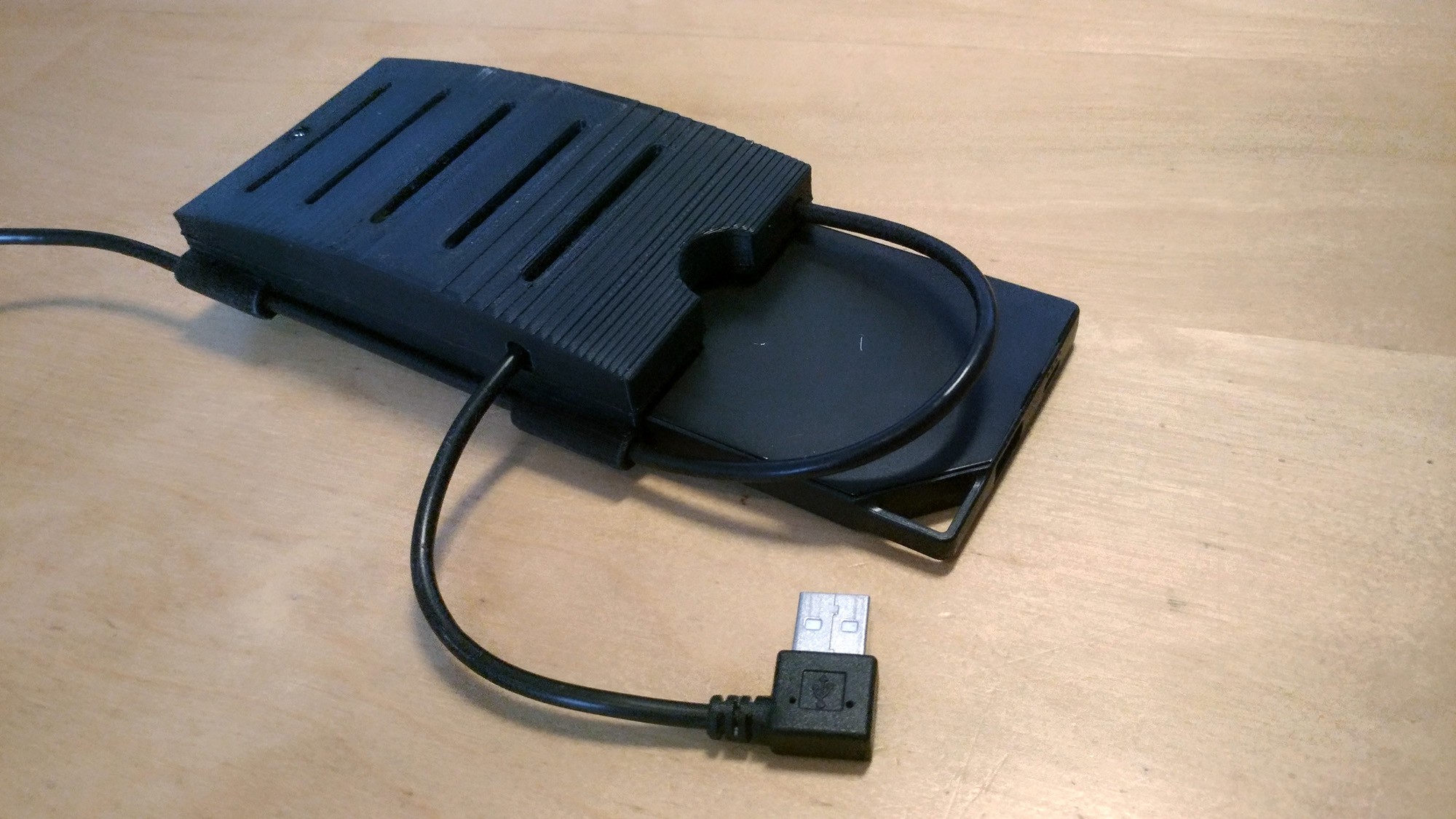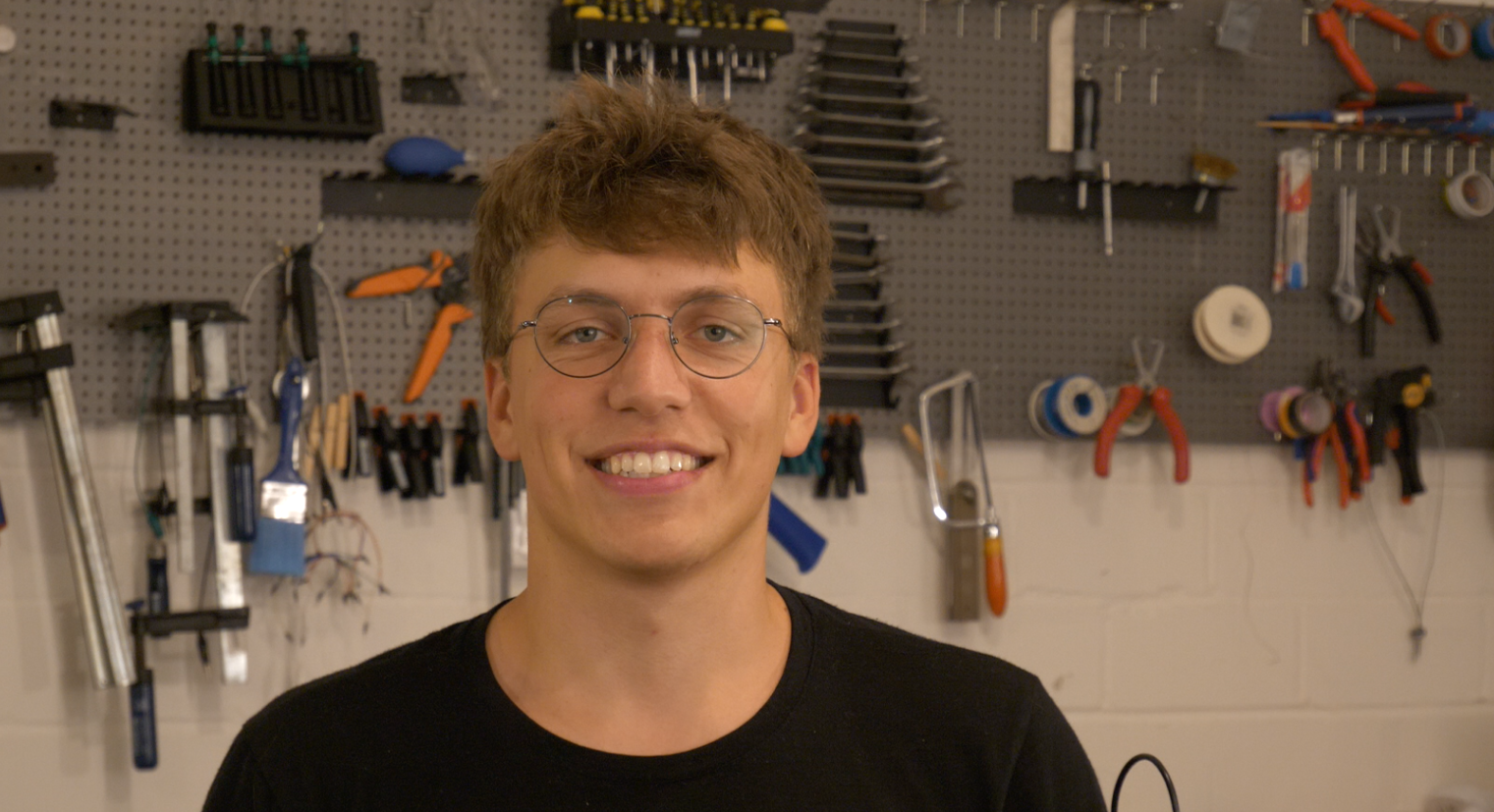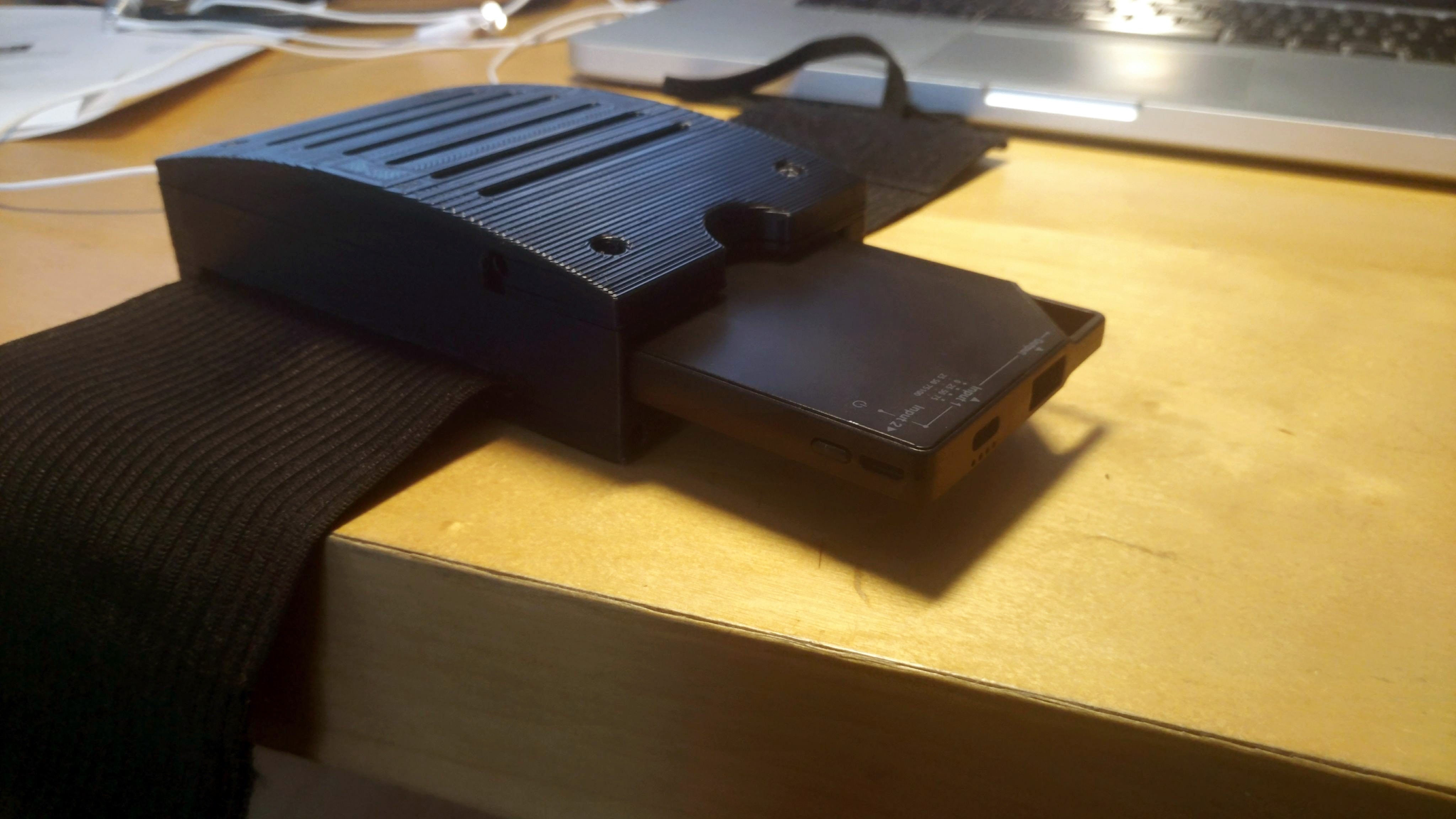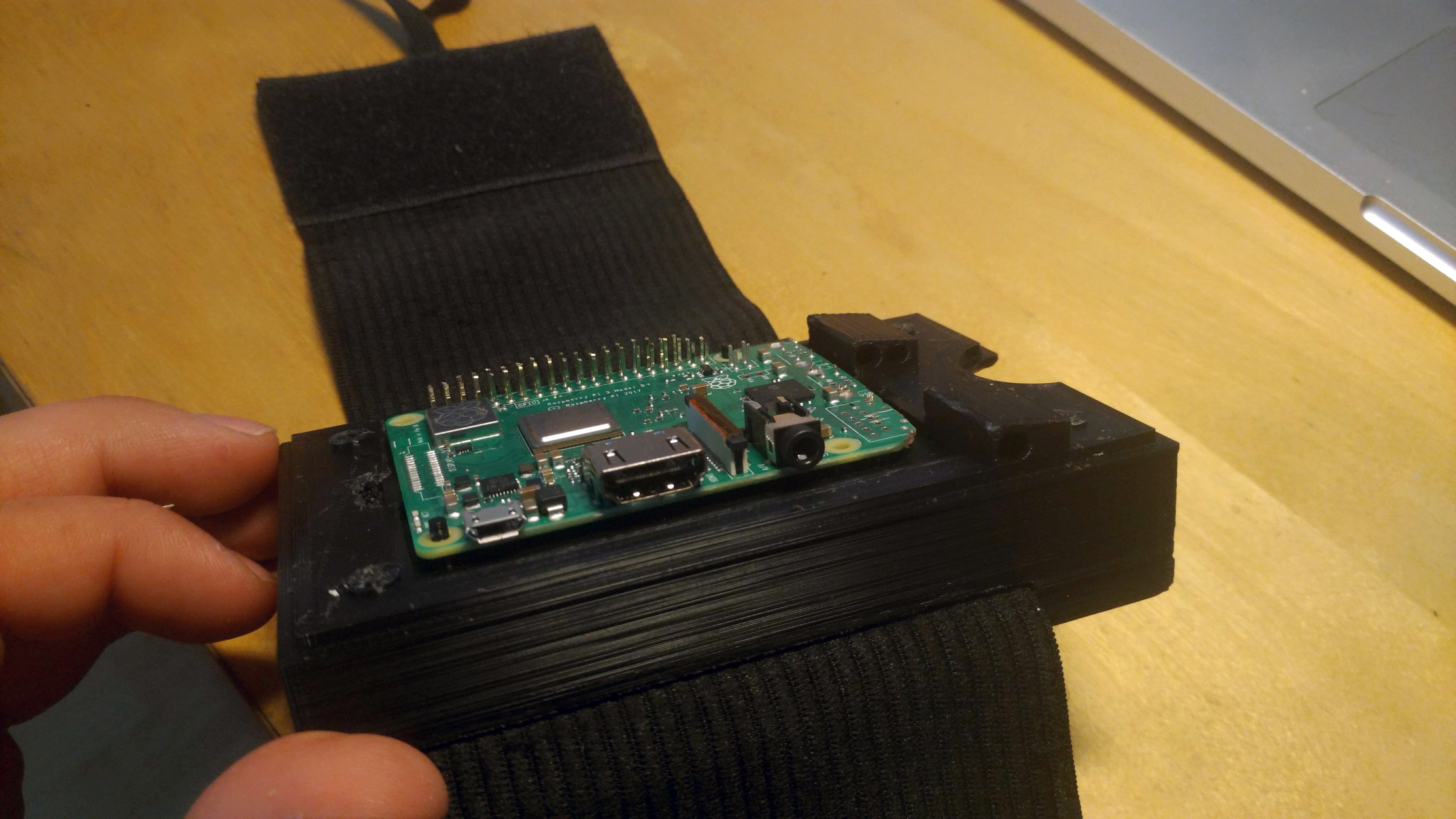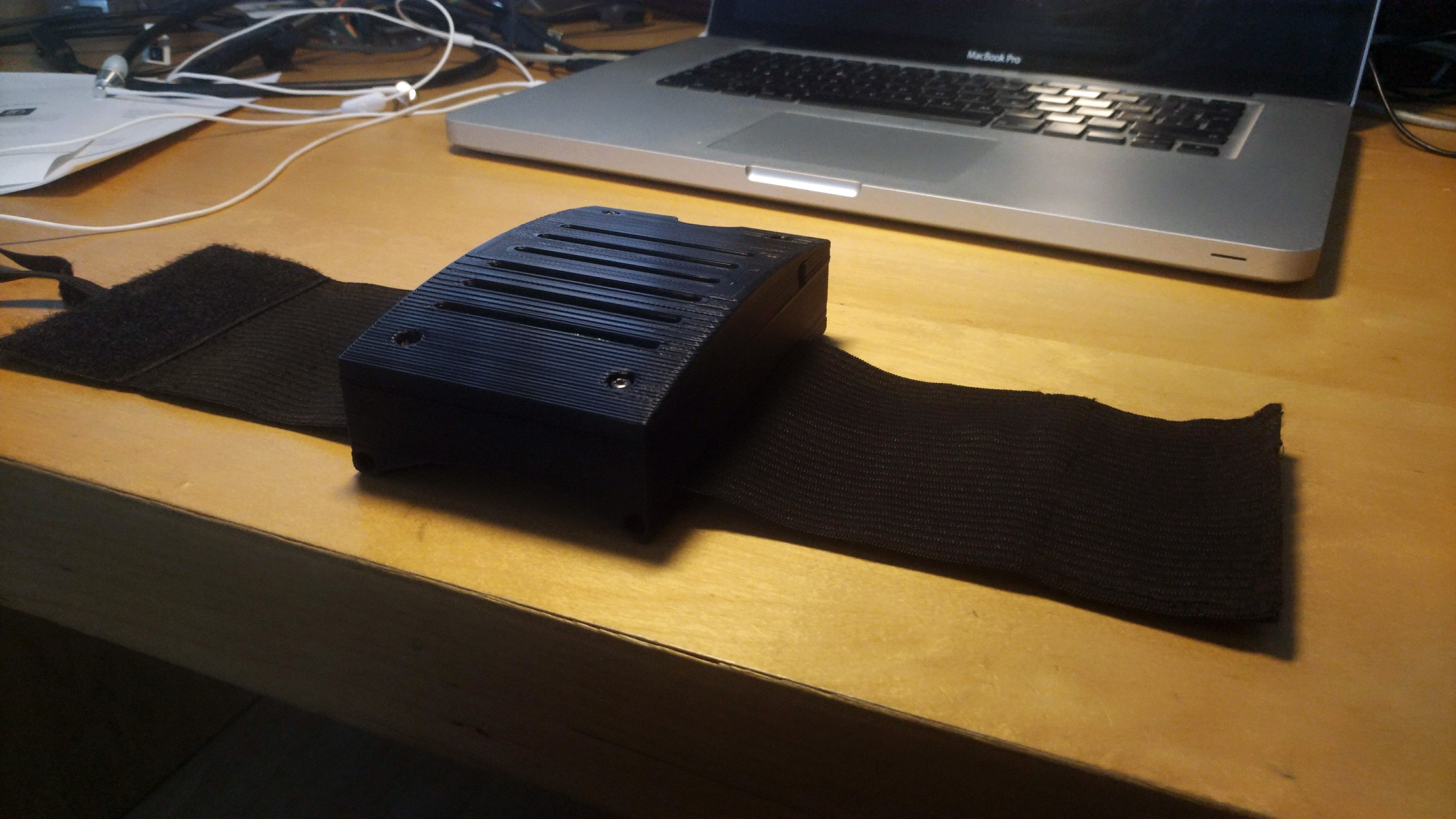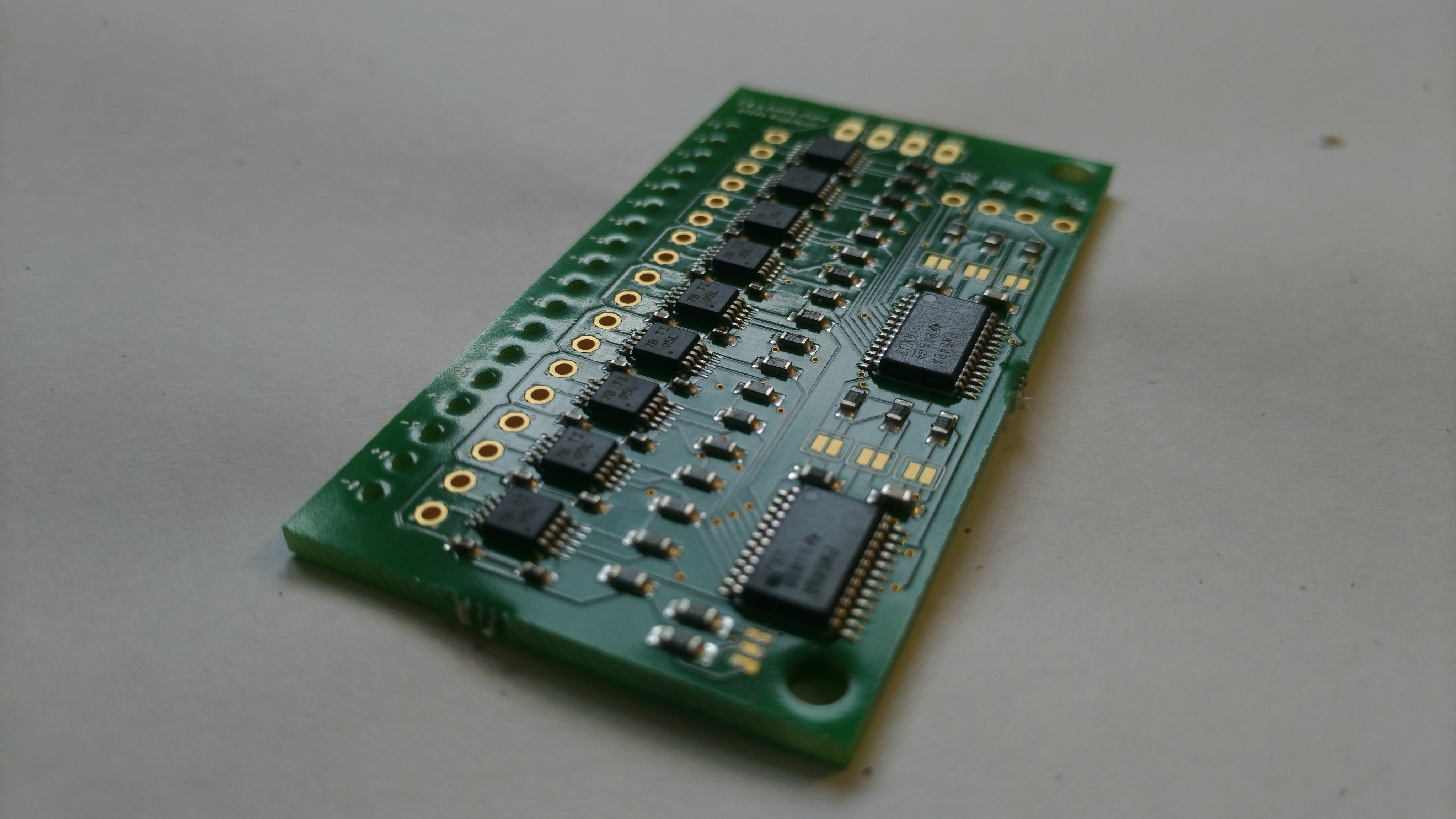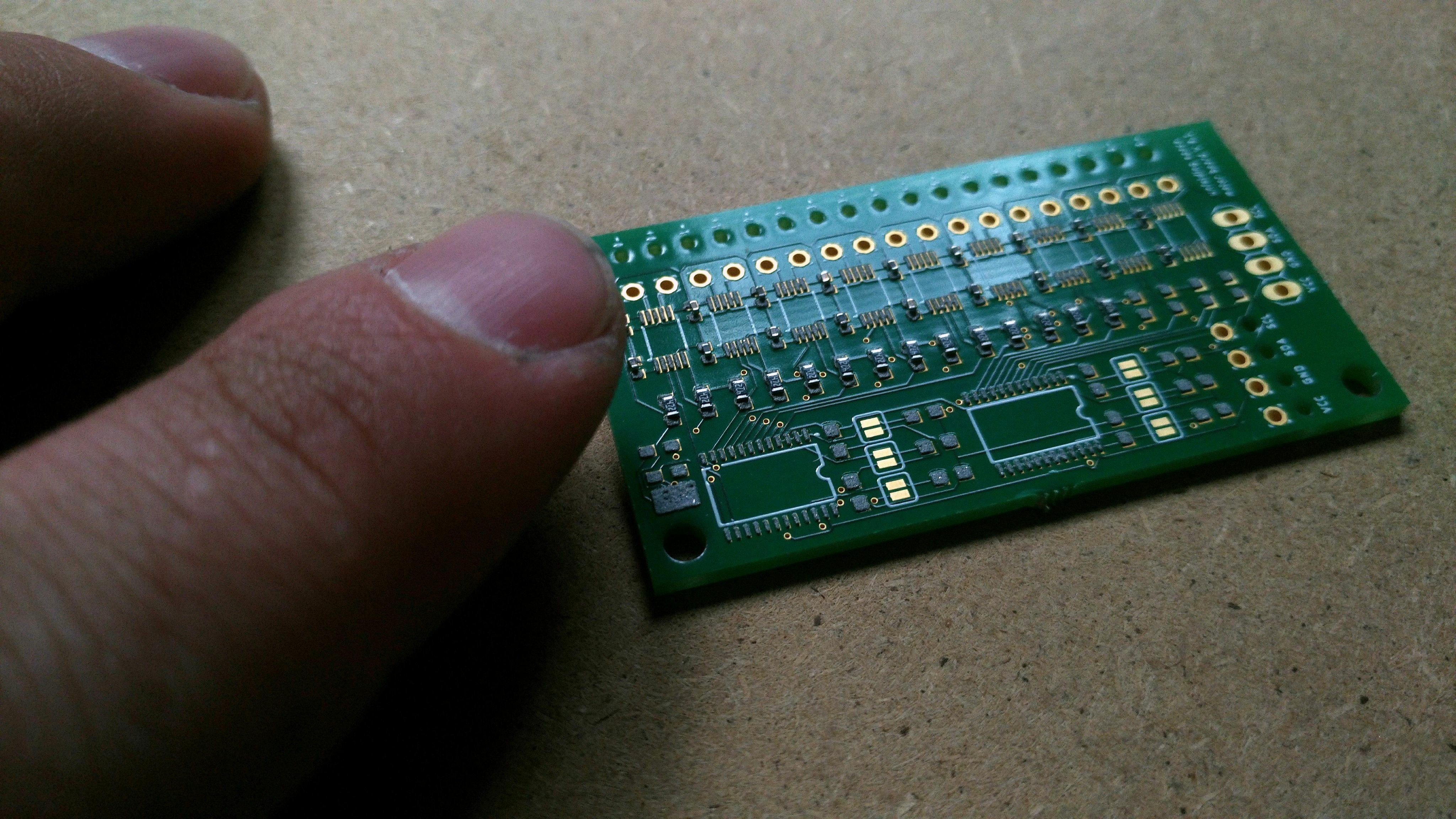-
Updated Files and Schematics
11/09/2019 at 18:42 • 0 commentsI invested some time to make my files, schematics and instructions clearer. You can see the updated picture all over the page. Comment, if you spotted a mistake! This is my new general schematic (would you call it the same? Don't know if it is the right term...)
![]()
-
Last but not least: My Video Submission for the Hackaday Prize
10/01/2019 at 13:47 • 1 commentAn finally there is my submission video for the Hackaday Prize 2019.
As always: feedback is very welcome!
-
Instructions Online Now
10/01/2019 at 00:53 • 0 commentsIn another night shift I uploaded some Instructions. Certainly this won't be the last word, things are changing all the time and I am still about to figure out the best way to build the prototype...
But eh, now I have some fancy visualizations and you maybe can understand a little better what I did here ;-) Have fun with it!
![]()
-
Uploaded the Code – Finally
09/29/2019 at 10:52 • 0 commentsHey folks, it took me some effort but finally I uploaded my code on Github! :-)
![]()
All the amateurish coding skills I have I taught myself. I am getting better, but what I just start to learn, is how to structure code and how to document it in a way, that others – maybe contributors – can understand it properly and fast... This upload may be a starting point, but I also know, that there is a lot more to do.
Hope you can find your way through! -
Connection Issues - Solved?
09/28/2019 at 17:16 • 0 commentsAnother short Log on the busy way of reviewing and documenting all my work. (Next Log will be about the code, promised)
I wish to have just one cable and therefore one plug to connect between computing unit and glove. But as I need 8 wires (2 for power consumption for the motors, 2 for i2c and another 4 for USB 2.0 fro the ToF camera) it was difficult to find a standard with a handy, small plug and socket... Therefore I just used a HDMI micro cable – Neat idea isn't it? Nope!. It seemed to work in the beginning and I could successfully connect the camera and drive the motors.
![]()
BUT...
After some time the trouble began: the camera disconnected randomly and finally wasn't connectable at all. A friend of me now told me the (possible) reason for that: Even on this short distance of 40cm the HDMI cable might cause problems as it doesn't have USB specs and therefore a different impedance. I would never had thought of this, but after some research of course it makes sense.
That means: For the development I am currently connecting the camera via an extra USB cable (meeeh), but I am looking for an alternative cable...
Stay tuned,
Jakob
-
Casing – the second attempt
09/24/2019 at 08:57 • 0 commentsOver the summer it became quite silent around me and the project. Now – with a little bit more time – I'd like to recap my last steps. Starting with the casing:
As I noted in my previous casing post, I had problems with the first case and the velcro fastener. It couldn't fasten the computing unit tight enough, was difficult to apply without help and it couldn't fulfill the demands for comfort to be a everyday-worn gadget. Therefore I repeated the process, I did research and in the end I came up with the following solution:
![]()
As a basis I used a15$ detachable phone armband. It comes with a solid band with velcro fastener and a click-attachment. I designed the case so that it can receive the plastic connector, as you can see here:
![]()
![]()
This new design totally fulfilled my expectations and is a good basis for upcoming experiments with blindfolded and blind subjects. Furthermore the size cannot be significantly reduced further as the main part is still the battery which already has minium dimensions for the 10000mAh it stores...
![]()
I am currently working hard to provide further plans, details and code in the next days. Stay tuned and thanks for your support!
-
I Reached Hackaday Price Finals - Yeah!
09/18/2019 at 12:40 • 0 commentsHey together,
this will be a short log, as I am a bit busy and as I'm working hard on the preparation for the Hackaday Price Finals 2019 which I have been nominated for. In the final round there are 20 amazing projects – all of them have huuuge potential and some of them are indeed very advanced and technically complex. Therefore I feel very honoured to be nominated with a more interaction-, design- and concept-focused project.
Furthermore I won a Mark in the Taiwanese Golden Pin Concept Design Award and I run for the "best ofs". In this connection I got also featured on designboom.com which I am extremely happy too. :-)
Last but not least I wrote an application for a research assignment together with my university. If this will work, I could dive deeper into the research and hopefully speed up the process..
These are the reasons why I am currently producing video footage for the documentation like this interview here ;-)
![]()
There is still a lot to do, but there will be news very soon. Thanks for your support!
Jakob
-
Raspi Slimdown, New Case
06/16/2019 at 16:04 • 0 commentsShort update on my progress:
To make everything smaller and more mobile, I designed a new case with a ultra slim 10000mah powerbank from TNTOR. As I didn't need the USB and Ethernet sockets I slimed down my Raspi as you can see on the pictures. The new casing is now already quite neat and slim but the elastic band with velcro fastening didn't work out as expected. It is a little bit too limp and has too less adjustability to different arm. I might have to come up with a different solution here.
![]()
![]()
![]()
-
Intermediate: PCB for driving the 9 vibration actuators
06/08/2019 at 11:38 • 0 commentsThe bulky self made board out of 9 DRV2605l breakouts can no go into retirement. I successfully planned, ordered and equipped PCB is finally there and – hoooray – it works.
It took me some efforts to learn how to design a proper circuits and even more to reflow the tiny parts (thanks to my friends at Presseverykey). But it seems like I succeeded. Most of you may be familiar with circuit boards – to me at least it was a great excitement to see it working in the end ;-)
Next Step: As I couldn't find a worthy slim/small alternative single chip computer I decided to dismantle all the ports of the Rpi3b+ to finally fit everything except the battery directly IN the glove. Lets see how this works...
![]()
![]()
-
Debug App (via UDP - Wifi) and Fraunhofer Institute
05/15/2019 at 10:18 • 0 commentsFor a testing Session at the Fraunhofer Society I developed my code further and implemented the possibility to check all the values of the raspi/glove in real time.
After some struggles with a UDP library for C++ (boost –> asio) I managed to get a relatively stable connection to my Android App (written in Processing) over a Wifi hotspot opened by the very same phone. This was an important step to me, as I now could monitor the status and the values of the app, see possible crashes of the royale library and also see the visual "perspective" the glove-user actually "sees". The app is in German right now, but will be english in future...
With this stuff I went to Berlin to the Open Communication Systems – FOKUS research Institute of the Fraunhofer Society (budgetwise the biggest organization for applied research in Europe). There I met Jonas Willaredt (project manager of an indoor-navigation research project) and had the chance to firstly talk about my concept and its progress and secondly to test my prototype with an experienced tester of inclusive media – Stephan Heinke, who is blind himself. Eventhough it turned out (once again) that the device is not jet on level of development to be a useful navigation aid for blind people, the test and the conversation still led to a lot of productive feedback for me. Hopefully this won't be our last meeting, as the institute can in principle imagine to support the project in an adequate form.
Unfolding Space
Spatio-Visual to Haptic Sensory Substitution Device for Blind People
 Jakob Kilian
Jakob Kilian